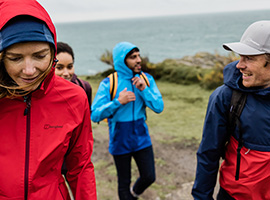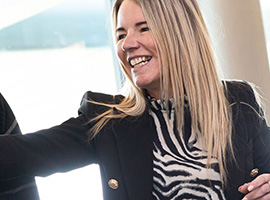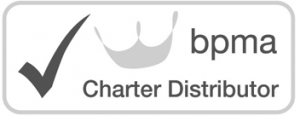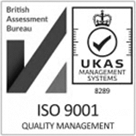Creative Marketing: How to challenge your creativity
Have you ever been stuck for ideas? If your team’s usual problem-solving methods can’t crack a challenge, get creative to uncover brand new solutions. Our top tips are here to help you think about problems in a new way and develop some innovative solutions.
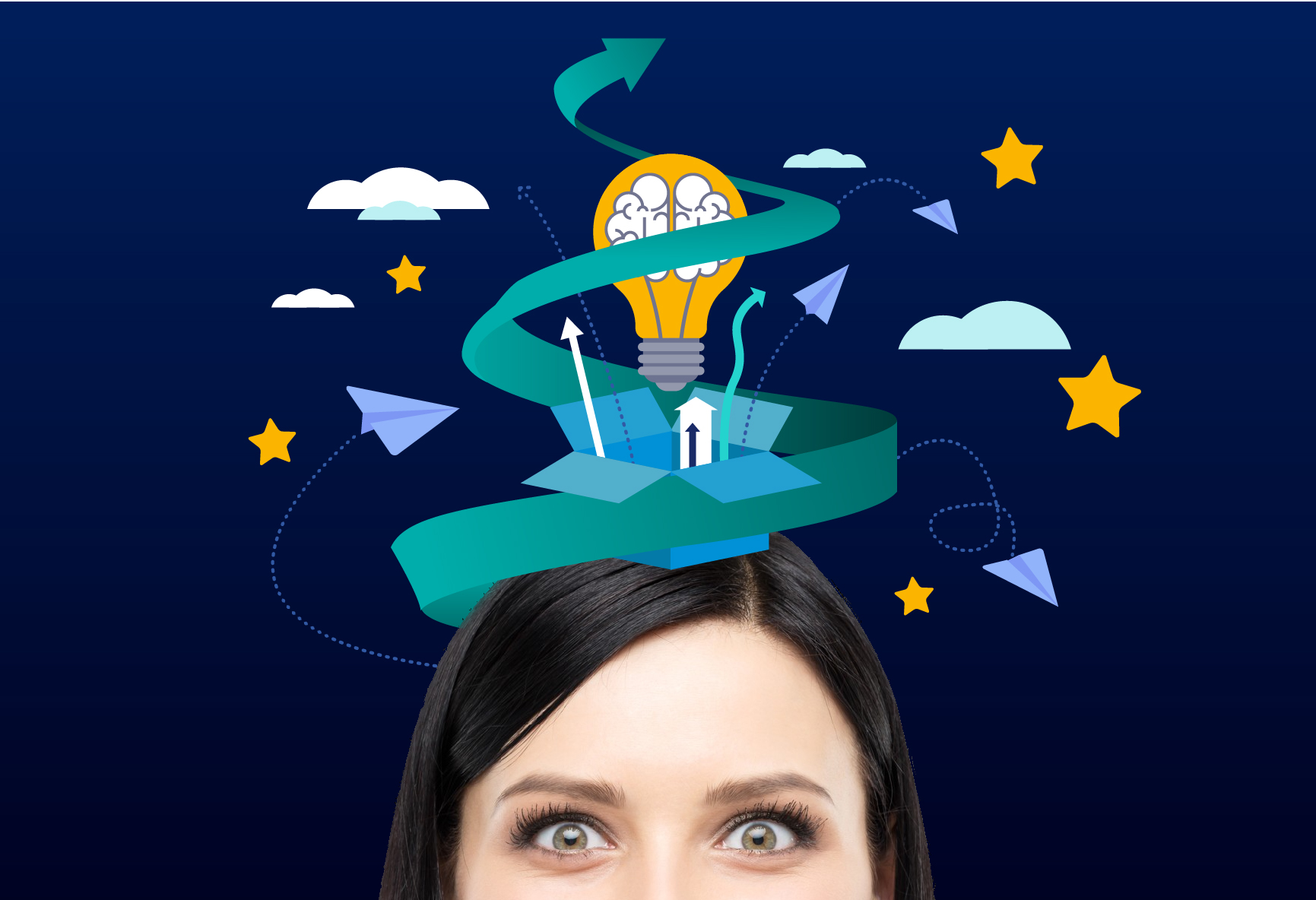
What is creativity? And how will it impact your brand?
“Creativity helps brands get noticed. Looking at market trends, fashion, and specific brand preferences can really elevate a simple product to the forefront of brand awareness. This engages new and old customers and drives originality and personal connections. These personal touches can also bring a wider audience for long term connections and business activity. The more personal the gift, the more memorable it becomes. From receiving the brief, selecting the initial products and working with the customer to achieve the ultimate gift is something I love and am passionate about, when a project/design comes together it creates a great buzz of excitement.”
Beverly Marsh-Barton – Commercial Executive
We’re creative when we look beyond the obvious answers, when we discover our potential, and when we make something original.
Creative marketing helps businesses stand out from their competitors and attract new audiences. The key to success is creating memorable experiences that engage people and help guide them towards action by keeping your brand at the forefront of their minds. It’ll mean greater brand recognition and stronger relationships between your brand and your audience! All helpful stuff, so how can you embrace creativity?

Stage 1: Open your mind
There are five essential elements you need to open your mind to if you want to be creative, so in no particular order:
1 Get curious
Question and challenge everything! It can help you figure out opportunities. And if you ask enough excellent questions, eventually you’ll get an answer! Having a sense of curiosity opens up new avenues to investigate further.
2 Be in love with what you do
Have you ever heard people say that you need to love your job to be successful at it? As long as you’re passionate about what you do, you’re probably going to succeed. You could argue that passion is necessary – it’s essential for your creativity and growth!
3 Be empathic
Empathy and imagination overlap in our experience. Putting yourself in someone else’s shoes and seeing the world from their perspective requires you to use your imagination, so empathy is an important part of the creative process.
4 Have fun
It’s a playful attitude that lets you see both sides of every problem. How much energy a person puts into their work is a good indicator of their level of happiness. So, have a little fun along the way.
5 Be humble
Nobody is perfect, and no one knows everything. Everyone can be a better version of themselves with a few little tweaks. Listen to people and respect their ideas, even if they are different from your own. That’s how you’ll keep learning.

Stage 2: Get those ideas flowing
“For me, creativity is about thinking beyond the obvious solutions. To do that, you really have to understand the brief first and the problems or challenges that you need to tackle – only then can you discover the right solutions. On a typical day, I can be working on multiple briefs, so having a really focused mindset and understanding the customer’s needs will help enormously!”
Steve Harrington – Designer
So, your mind is open. But how do you generate creative ideas? Guess what? We have a process for that too!
1 Get the brief down
The more you know before you start, the easier it will be. Speak to other people about what needs to be achieved, write it down and keep it to hand. Even a notebook will work – but however you decide to do it, make sure you have a brief in place before you start.
2 Brainstorm
Brainstorming sessions are a bit addictive once you start having them. Try using Mindmapping Software if you want an easy way to make your thoughts visible so you can get inspiration whenever you need it. The most fabulous ideas come from sharing collaborative ideas with creative thinkers, so don’t do it alone.
3 Whittle it down
Okay, you’ve got some ideas – at this point, you may decide that one shines through, but even if you can narrow it down to around three, you’re still on the right track. Try to expand on these ideas and put a bit more meat on their bones before you go any further.
4 Define
Define who’s going to do it and how long they have. It can be anything from figuring out what can be done in-house to identifying who’s responsible for what. Outsourcing parts of the process could save you a lot of time and money too, so consider all options.
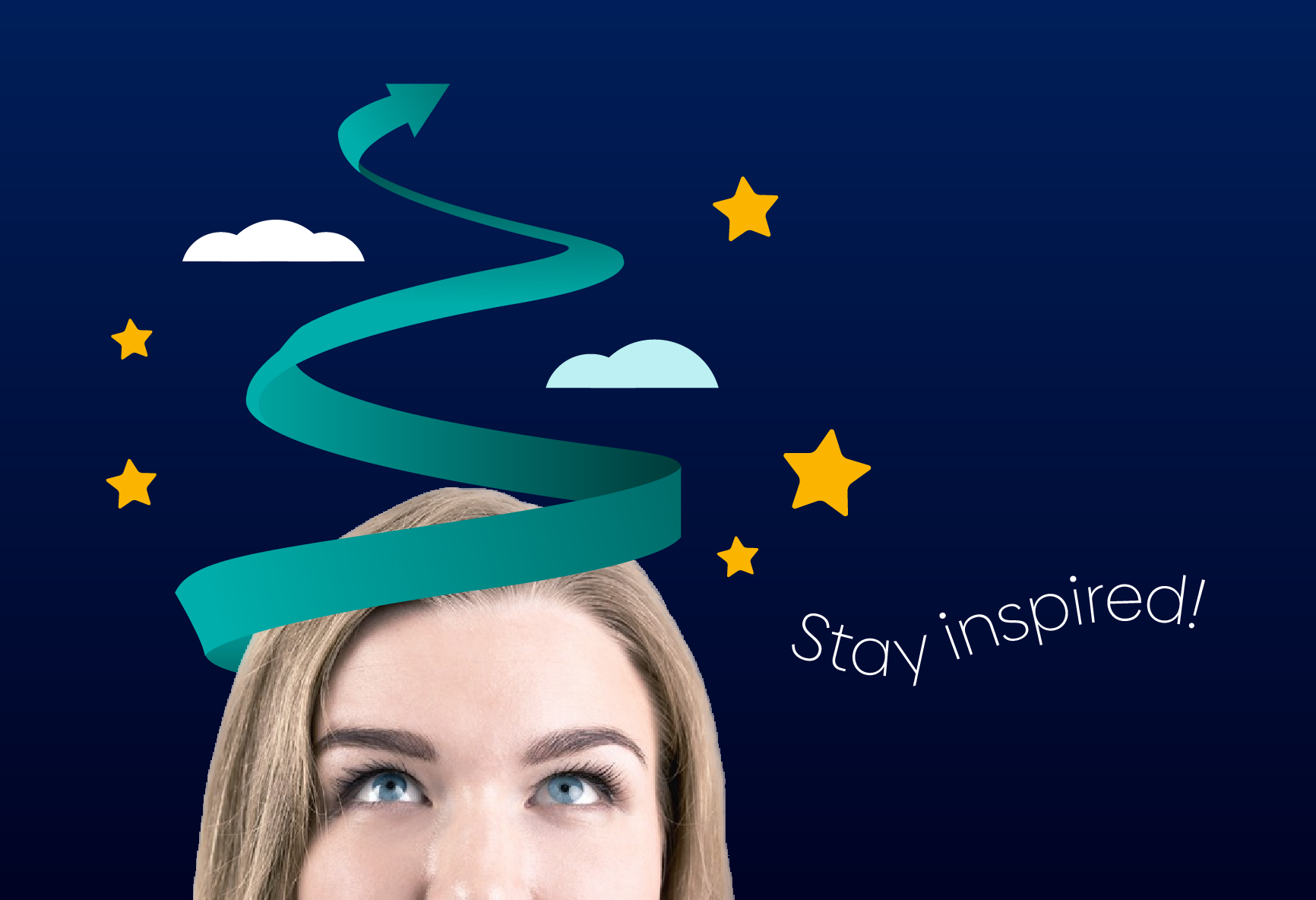
Stage 3: Stay inspired! Look to history for motivation
Consider the most creative thinkers in history. Their knowledge and wisdom are unmatched, and all of their ideas have come from being creative at heart. They could all come up with new innovative ideas and share them with others to develop the best solutions they could. Here are some of our favourites.
Thomas Edison
“I have not failed; I have just found 10,000 ways that won’t work.”
Why is he famous?
The lightbulb, the phonograph, the motion picture camera. Improving the telegraph and the telephone (he didn’t actually invent the lightbulb but came up with a design that was the first to be practical for wide-scale use). He was a remarkable creative powerhouse, with patents for over 1,000 inventions.
What can we learn from Thomas?
Edison got things done through teamwork. Collaboration was his thing, and his work was always connected to other innovators. He always had the ability to think positively.
Albert Einstein
“Logic will get you from A to B. Imagination will take you everywhere.”
Why is he famous?
His theory of relativity, which revolutionised our understanding of space, time, gravity, and the universe.
What can we learn?
It’s good to challenge ideas and put ideas to the test. Einstein constantly challenged notions to reach revolutionary new ideas, not only his own but also those that came before him.
Marie Curie
“One never notices what has been done; one can only see what remains to be done.”
Why is she famous?
Marie discovered radium and polonium and made a massive contribution to finding cancer treatments. The first woman to win a Nobel Prize, she paved the way for women in science with her discoveries and breakthrough ideas.
What can we learn?
We can be creative in many ways, by always empowering other people to do good for their communities and the less fortunate. Her work continues to inspire to help people and their families living with a terminal illness make the most of the time they have together by delivering expert care, emotional support and research.
Leonardo Di Vinci
“Learning never exhausts the mind.”
Why is he famous?
He was only one of the most talented painters of all time! He was also an inventor, sculptor, scientist, architect, mathematician, anatomist, writer and engineer. His notebooks reveal how he thought on paper; they contain some of his most complex and challenging designs.
What can we learn?
Every idea is a process, and it’s good to put forward every thought and discuss different options to determine the right direction. Presenting new ideas will allow each of us to connect better and learn new things from each other.
Let’s get creative together!
Every single one of our A.D. team members bring so much to the table. We’re a team of like-minded creative individuals who always support each others’ ideas to provide our customers with the best possible solution.
If you want to get creative with us, then get in touch with one of our awesome team members today.
Our solutions
Discover how we can help your business amplify brand awareness and build meaningful connections…
Learn more